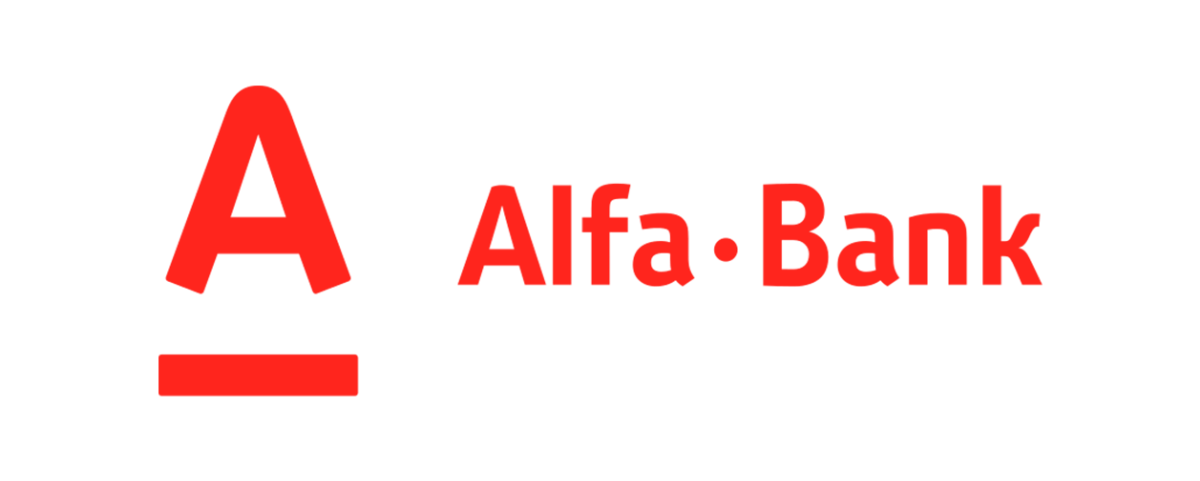Thesis: Net Promoter Scores vs. Customer Satisfaction – A Comparative Study of Service Delivery Methods and NPS
RATING


This book is in dissertation form and seeks to investigate how service delivery practices result in high Net Promoter Scores (NPS). Over 930 surveys containing traditional customer satisfaction and NPS questions were collected from GE Healthcare Practice Solutions customers as they implemented the Practice Management and Electronic Medical Record software products over a 20 month period.
Participants were people in positions of authority that participated in training for implementation and use of the software and were surveyed as to how likely they were to recommend GE Healthcare IT to a friend or colleague (NPS question). There were 14 questions surrounding customer satisfaction, including asking respondents how satisfied they were with their (GE) trainer overall. Service providers who were involved in training the 930 respondents were in turn surveyed about their service delivery methods using a 12 point survey. The purpose was to identify the differences in the delivery of service between employees receiving high and low scores in order to better understand how other reasons can account for the correlation between high NPS and high customer satisfaction scores. The results of the study showed that providing service-related behavior such as humor, empathy, and expectations setting related in higher NPS as compared with providing free additional services. Thus, companies should look to provide training to service employees to achieve full integration of these behaviors rather than providing free services as a way to improve NPS. It also presents challenges for service companies seeking to measure the return on or success of soft skills training.
While academic in nature, this study provides thought-provoking findings on the variables which influence the NPS, as well as flaws in measurement and over-reliance on this one variable. The findings suggest that in the services industry it is customary for clients to have an attitude of entitlement to free services should they feel that someone has failed them at some point in the implementation process. For this reason, additional free services are not valued as much as some of the soft skills of customer service in their impact on NPS. This also raises the question of the profitability of investments in improving a company’s NPS and whether these resources are in fact misdirected.
This study is based on an institutional service environment (GE Medical Imaging training) and may have limited applications in the retail setting, for which many readers will be more interested. It also is highly academic in nature and does not address other variables which impact the customer experience overall. Readers interested in applications of the NPS will find the reading tedious and will be more interested in just reading the conclusions. Despite this, the findings are of interest in the context of a more critical thinking approach to measurement of loyalty and what variables really impact it. For example, in this case giving away free services, which may be assumed to have a direct impact on customer loyalty and satisfaction, may actually result in diminishing returns.
This is a study of Field Service Engineers to investigate whether certain service behaviors led to higher Net Promoter Scores. More than 930 surveys were collected over a 20-month period in the Service Organization. The findings support a strong statistical relationship between service-related behavior and high NPS. Surprisingly, there was a weaker relationship between providing free and/or extra services and high Net Promoter Score. In this thesis, you’ll learn which four service-related behaviors significantly related to higher Net Promoter Score.
This book has mainly academic applications and suggestions for further research to validate findings. The research findings may also be of interest to commercial service providers such as GE as well as researchers seeking to better understand and refine measurements of customer loyalty such as the NPS.

This book focuses on measurement of customer loyalty and testing the validity of the NPS. Thus, it is focused on measurement and information which will help understand usage of the NPS. For more information on the NPS, its applications and other measurements, readers may refer to The Ultimate Question 2.0, Loyalty Rules or CRM at the Speed of Light.
See content on this topic

Sales training for front line along with basic development and coaching principles for line management.
Understanding branding and communications from the standpoint of emotional engagement and building relevant and meaningful dialogue with customers.
This course covers a complete view of customer touch points (both physical and virtual) and a unique model for standardizing and managing customer contact models across channels including approaches for customer feedback, quality management, and migration.
Understand how the innovation process changes moving from functionality and channel design to a process focused on creating value for customers.
Experiential Branding & Communications – Improving Brand Integration Through Emotional Engagement.
This course covers a complete view of customer touch points (both physical and virtual) and a unique model for standardizing and managing customer contact models across channels.
Understand the value of a customer-oriented analytics package and how behavioral scenarios can be used to improve profitability through influencing behavior and usage.
To understand the principles of game dynamics and learn how to effectively use the elements of gamification in business: to involve customers, employees and contractors in the process.
Understand the components and features in a complex Customer Relationship Management system (infrastructure, architecture, functionality, etc.) and the uses and benefits for both the business and the customer.
Understanding the range and function of different relationship management processes used to build customer engagement models and manage the quality of customer relationships.
Understand how the innovation process changes moving from functionality and channel design to a process focused on creating value for customers.
Understanding the drivers and mechanics of corporate culture will help any management to design and develop an organizational culture for success and growth.




 Copy Link
Copy Link
 E-mail
E-mail
 LinkedIn
LinkedIn
 Facebook
Facebook
 Telegram
Telegram
 WhatsApp
WhatsApp
















 Go Back
Go Back
Leave a Reply
You must be logged in to post a comment.